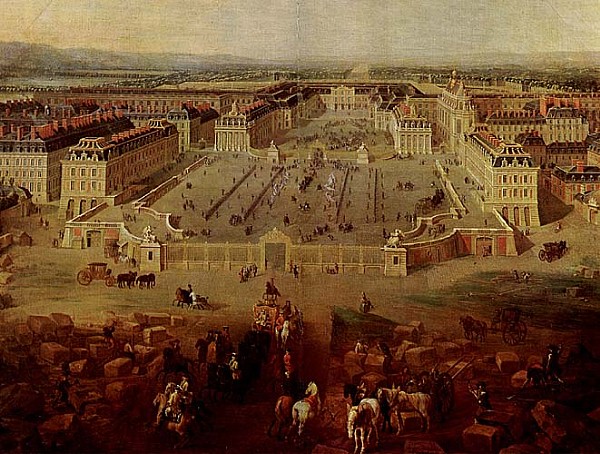The problem with Johnsonian postmodernism lies not so much with individual buildings—though several are out-and-out monstrosities—as with their very spirit. His buildings are cynical. Johnson would be the first to admit this, of course: flip self-criticism is a staple of his bad-boy persona, although it has gone to extreme lengths lately, even for him. In 1982, he delivered his famous “I am a whore” speech to a distinguished group of international architects gathered at the University of Virginia. (The proceedings have since been published inbook form in The Charlottesville Tapes.) When Cesar Pelli asked Johnson to justify his design for International Place in Boston, he replied: "I do not believe in principles .... I am a whore, and I am paid very well for building high-rise buildings."
Johnson has been saying “I am a whore” since 1977 at least, and it gets less funny all the time. But Johnson’s cynical verbiage does tell us something profound about his recent architecture. For his utterances are the spiritual equivalent of the soullessness characteristic of his buildings. In his commentary on the Charlottesville proceedings, Jaquelin Robertson, dean of the University of Virginia’s School of Architecture, defines the effect of Johnson’s recent work exactly when he charges him with responsibility for “the peculiar rich emptiness” typical of the latest American architecture.
Johnson’s buildings feel empty because they are informed, like his wit, by a striving for dramatic short-term effects. As buildings, they are provocative, irreverent, culturally subversive, and glib. These can be attractive qualities in an after-dinner speech, but not in urban architecture on the scale Johnson’s clients can afford. For we are not talking about witty experiments in plywood in somebody’s backyard, in the manner of Frank Gehry. We are talking about forty-story experiments in granite on Madison Avenue.
Diana Ketchum, ""I am a whore": Philip Johnson at eighty" in The New Criterion (December 1986).

From left: Andy Warhol, David Whitney, Philip Johnson, Dr. John Dalton, and Robert A. M. Stern in the Glass House in 1964.
| |
2004.07.10 11:27
Happy birthday to Philip Johnson
Maybe it's a diet of chicken that keeps Philip alive.
From Andy Warhol's diary:
Thursday, September 5, 1986
Worked till 8:00. Took Wilfredo and Sam with me to dinner at Castellano with Philip Johnson and David Whitney. David wasn't drinking so he was reserved. Philip was thrilled with the young kids. We walked back to Philip and David's apartment and they invited us up, it was the first time they were having people, and some kids were coming out of the building as we were going in and they yelled dirty things like, "You're going up to fuck." It was great up there, my Cow wallpaper in the bathroom. ...
|
| |
2011.07.20 11:53
Question about Charles Jencks' Declaration
I'm thinking luxury housing, like putting the Louie back in St. Louie.

|


